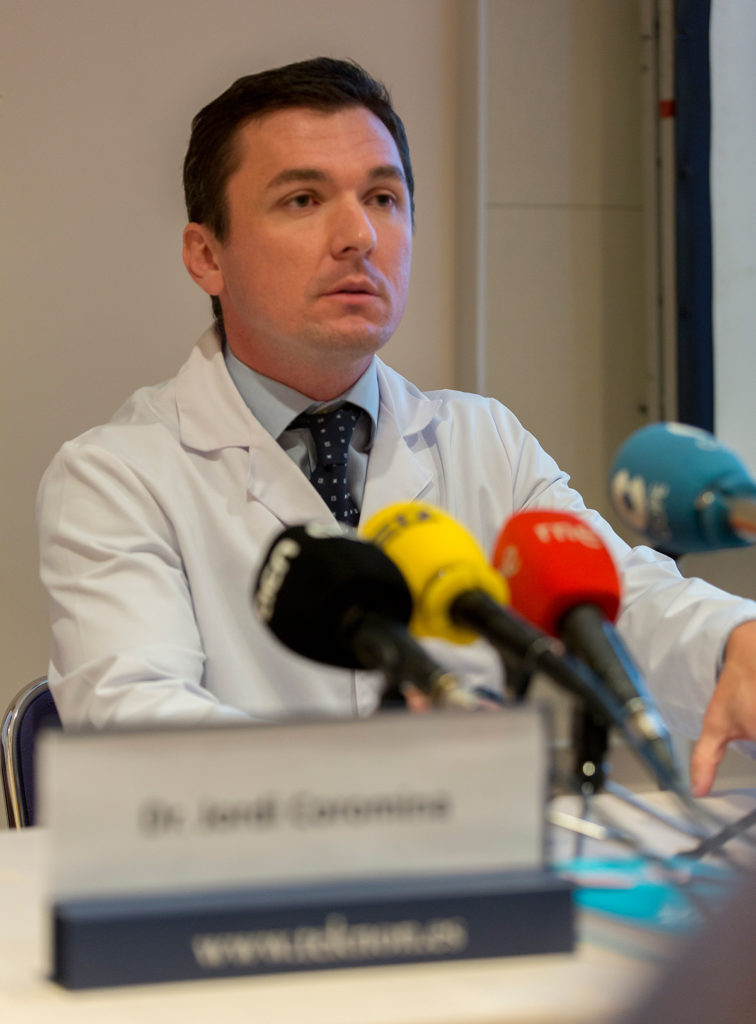Top 13 most frequently asked questions about halitosis (bad breath).
Dr Jonas Nunes, recognised expert in halitosis and Director of the Breath Institute, answers the most frequently asked questions about halitosis (bad breath).
08. How does a halitosis consultation work?
A modern halitosis consultation is divided into three stages: diagnosis, treatment and monitoring.
The aim of the diagnosis stage (i.e. the analysis of the breath) is to find the cause of the halitosis. At the Breath Institute we also offer a single consultation, which is a convenient option for our many patients who travel to us from all over Spain, Portugal and Latin America. During this first session, we collect the medical data needed for the diagnosis (medical history) and a series of procedures are carried out. These include an oral examination; analysis of the air exhaled from the mouth and nose using gas chromatography; microbiological tests using Polimerase Chain Reaction (PCR) techniques (DNA-based identification); analysis of salivary function; and psychological tests (OHIP-49 and EIH), for the purpose of obtaining an etiological diagnosis (the cause).
“An analysis of the breath is essential before starting any course of treatment”
The vast majority of patients who come to the Breath Institute have excellent oral hygiene and have no idea of what could be causing their bad breath (as the cause is not always obvious). It is important to remember that on many occasions halitosis is not accompanied by any signs or symptoms that can be perceived by the patient. In these cases, breath analysis is essential before starting any course of treatment (we need to know the exact illness triggering the halitosis in order to prescribe the right treatment).
The following visits (treatment stage and monitoring stage) will vary according to the individual. In most cases, these stages will be completed over the course of three or four consultations over a 6-month period.
People often come to our clinic simply to request a check-up or seek guidance (without any obvious signs of bad breath). These are people with active social lives, whose profession requires them to be in close contact with other people and who want to feel confident about their breath. In these cases, we study predisposing factors and offer guidance for achieving “flawless” breath.
Curing and treating halitosis
01. Is there a cure for halitosis?
02. How can I combat, eliminate or cure halitosis?
Causes and types of halitosis
03. What are the causes of halitosis (bad breath)?
04. What are the different types of halitosis?
05. Can the stomach cause halitosis?
06. What causes halitosis in babies and young children?
Diagnosis and treatment of halitosis
07. Do devices to measure halitosis exist?
08. How does a halitosis consultation work?
09. How much does a complete course of treatment to get rid of halitosis cost?
Preventing and avoiding halitosis
10. How can I prevent halitosis?
11. Which chewing gums and mouthwashes should I use to get rid of halitosis?
12. What home remedies or natural solutions currently exist to combat halitosis?
A solution for halitosis
Know your Breath.
Did you know that you can suffer from bad breath without realising it? Many people suffer from halitosis (bad breath) on a regular basis, regardless of gender, age or social class. Furthermore, halitosis can have a profound impact on self-esteem, and can even result in discrimination and social exclusion.
To clear up any doubts you may have, please complete our online questionnaires and find out the results immediately.
